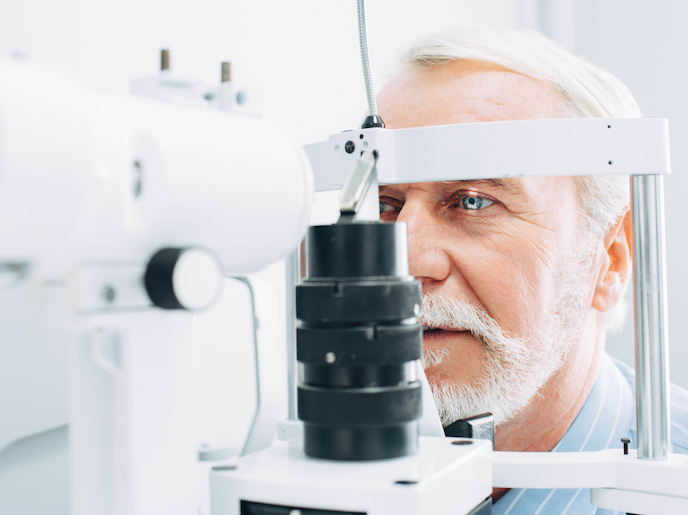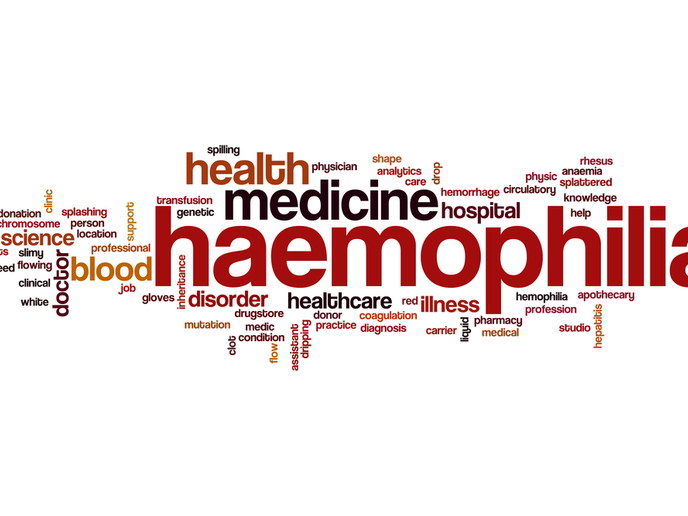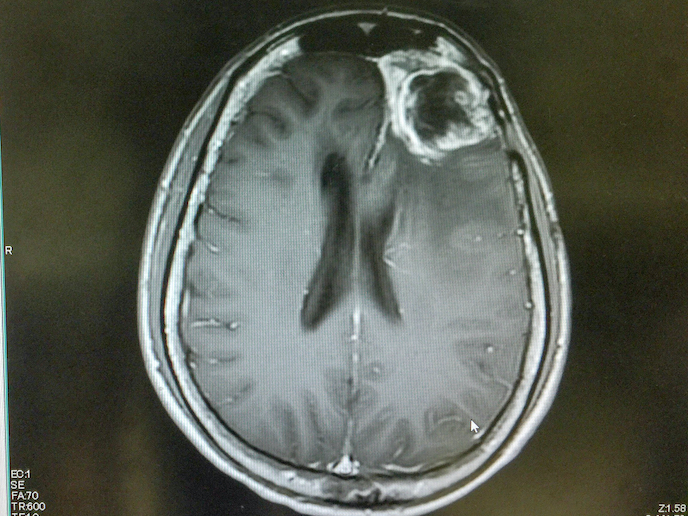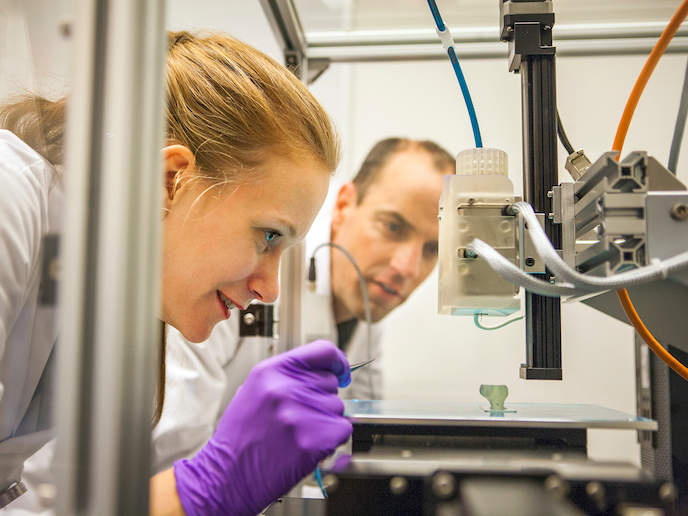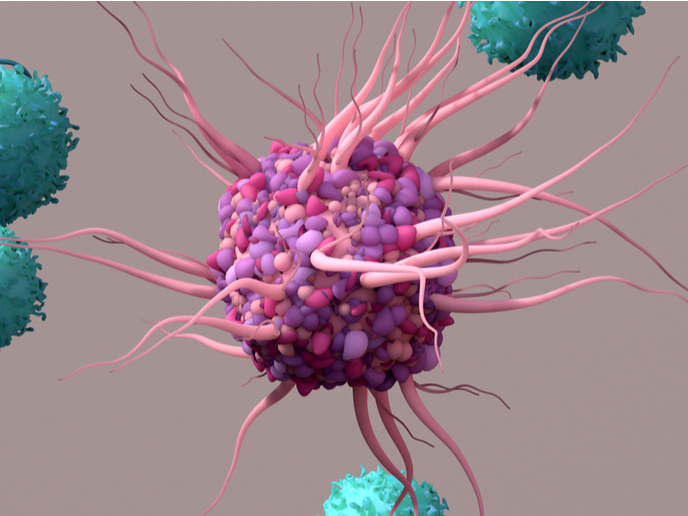Targeted drug delivery to improve retinal treatments
Retinal degeneration is a leading cause of incurable poor vision and blindness, affecting around 200 million people worldwide. This condition is expected to increase over the next few years, due primarily to ageing populations and a global diabetes epidemic. “The retina is composed of photoreceptor cells,” explains EIS project coordinator Hagay Drori, chief operating officer at Everads Therapy in Israel. “These are light-sensing cells, which, when they degenerate, malfunction and result in blurred, distorted or completely unseen vision.” Currently available treatments include continuous or intermittent anti-vascular endothelial growth factor (anti-VEGF) injections. This is done by inserting a syringe needle directly into the eyeball. “A key challenge in treating retinal diseases this way is efficiently delivering drugs to the target area,” adds Everads Therapy executive chairman Moshe Weinstein. “Not all medicine will reach the back of the eye.”
Space for improvement
To address these limitations, Israeli start-up Everads Therapy has developed a patented delivery system for retinal therapies that targets the suprachoroidal space. This space traverses the circumference of the back of the eyeball and has attracted growing interest in recent years as a potential site for drug administration. The concept and method are the brainchild of Ygal Rotenstreich, from the Sheba Medical Center in Israel. This is the country’s largest medical centre and the largest hospital in the entire Middle East. “The key was developing a delivery system that is both effective and safe,” says Drori. “We think that our method is far more targeted and less invasive than currently available treatments.” The firm’s prototype injection system has been shown to be capable of delivering multiple potential retinal therapies. These include cell therapies, anti-VEGF and therapies delivered via sustained release systems. “Human adult bone marrow stromal cells were transplanted in animal models using our method,” says Drori. “This was found to preserve photoceptors from degeneration, enhance retinal function and be more effective than current available techniques.” The aim of the EU-funded EIS project was to bring Everads Therapy’s innovation one step closer to commercialisation. An analysis to reflect risks and opportunities related to successful market introduction was conducted, along with a product development plan and industrialisation strategy. A key focus was ensuring that the company was ready to work with major pharmaceutical firms. “We recognised that partnering with pharmaceutical companies to co-develop a combined product was the best business strategy,” notes Drori. The EIS project also helped Everads Therapy to better understand user requirements. Training materials were developed, to help retinal experts get up to speed on how to use the delivery system. This, says Drori, will help to advance market readiness and acceptance.
Success in the pipeline
Since project completion, Everads Therapy has signed its first option agreement with a large global pharmaceutical company. This means that the delivery system will be evaluated with a number of pipeline pharmaceutical products that target the suprachoroidal space. “This agreement will build confidence in the potential benefits of our drug delivery approach,” says Drori. The company’s focus now is to build similar relationships with other pharma companies, which will help to bring a new generation of retinal therapies to market. “Our method can in theory be used to deliver any therapy into the suprachoroidal space,” notes Drori. “Ultimately, our hope is that the technology will improve treatments for retinal disease and reduce the suffering of millions throughout the world.”
Keywords
EIS, retina, retinal, eye, suprachoroidal, pharmaceutical, disease, blindness, diabetes, photoreceptors



